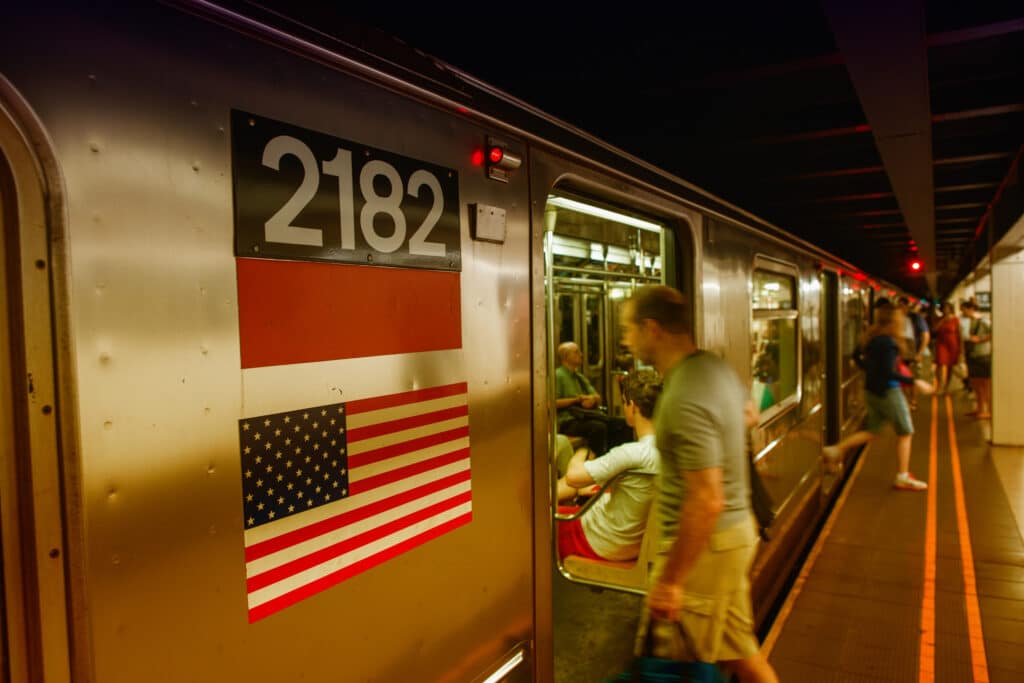Free Consultation
Free Consultation

New York City’s subway system serves millions of riders every day, but the fast pace and mechanical nature of train operations create real risks for passengers. One of the most frequent and dangerous incidents involves subway train door and platform accidents. These events can result in severe injuries, from broken bones and head trauma to life-threatening crush injuries.
Under New York law, the Metropolitan Transportation Authority (MTA) has a legal duty to maintain safe conditions for passengers and ensure that its employees operate trains and platforms responsibly. When the MTA fails to meet that duty, it may be held liable for resulting injuries. Macaluso & Fafinski, P.C. handles a wide range of public transportation and premises liability claims throughout the Bronx and Brooklyn, NY.
Read on to understand how subway train door injuries occur and how MTA liability is determined so you can take informed legal action.
Subway stations and train cars are busy environments where even a small mechanical issue or operator mistake can cause serious harm. Many injuries stem from negligence, often involving conditions that make it difficult for passengers to enter or exit safely.
Some of the most common causes include:
These accidents can lead to various serious and long-term injuries, including:
Victims of subway platform or door accidents may face extended medical treatment, time away from work, and long-term physical limitations. A New York subway accident lawyer can establish the manner in which your injuries happened, thereby determining whether the MTA or another responsible party may be held accountable.
In its operation, the Metropolitan Transportation Authority (MTA) should ensure the provision of reasonably safe conditions for everyone. In case of negligence that causes injuries, the agency may be held responsible under New York personal injury law.
Several factors can establish MTA liability in these cases:
It is important to note that claims against the MTA follow a different process than standard personal injury cases. Your New York subway accident lawyer will submit a Notice of Claim within 90 days of the accident before pursuing a lawsuit. They will ensure that you adhere to the proper steps to preserve the integrity of your claim.
A claim involving subway train door injuries requires robust legal representation. If you were hurt due to unsafe subway conditions or negligent MTA operation, the law allows you to seek accountability. Fortunately, Macaluso & Fafinski, P.C. is prepared to investigate your claim, identify safety violations, and pursue the compensation you deserve. Contact our office today at 800-762-9300 to schedule a free consultation.